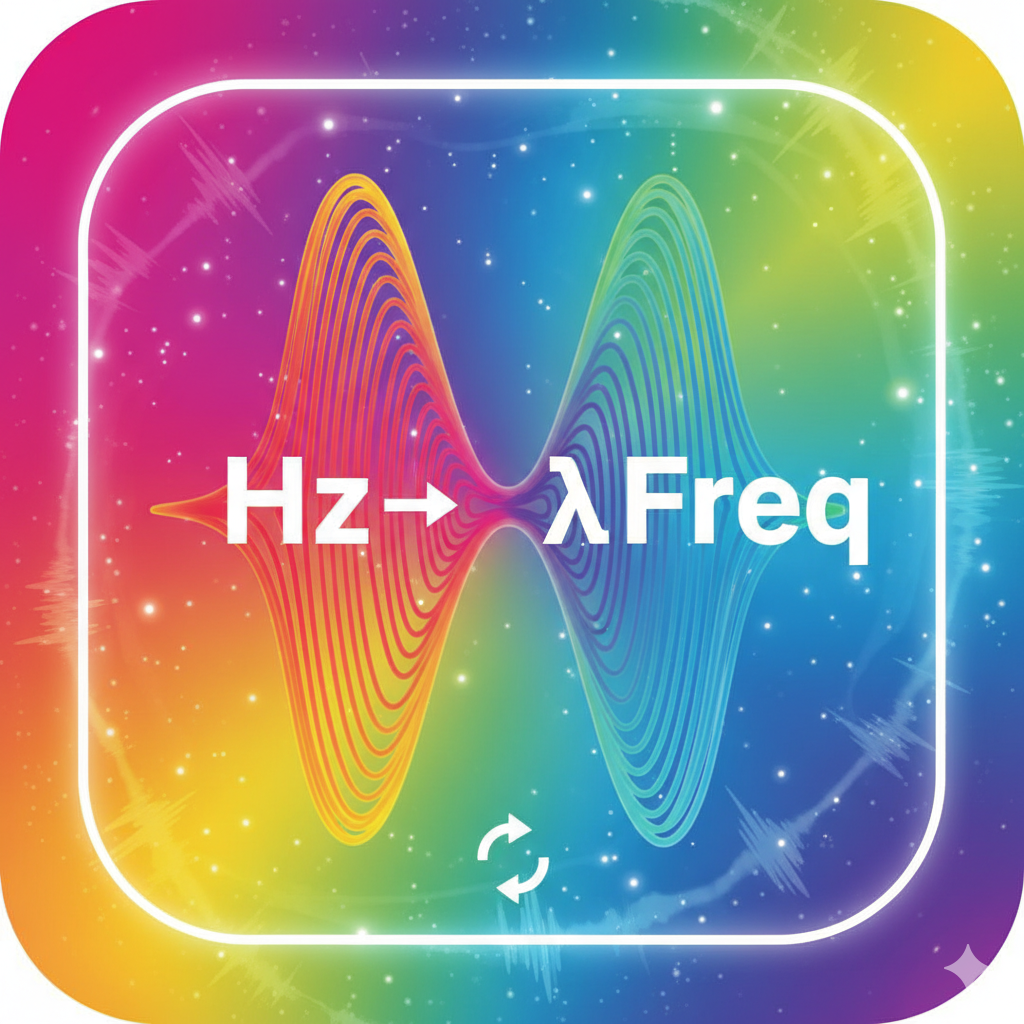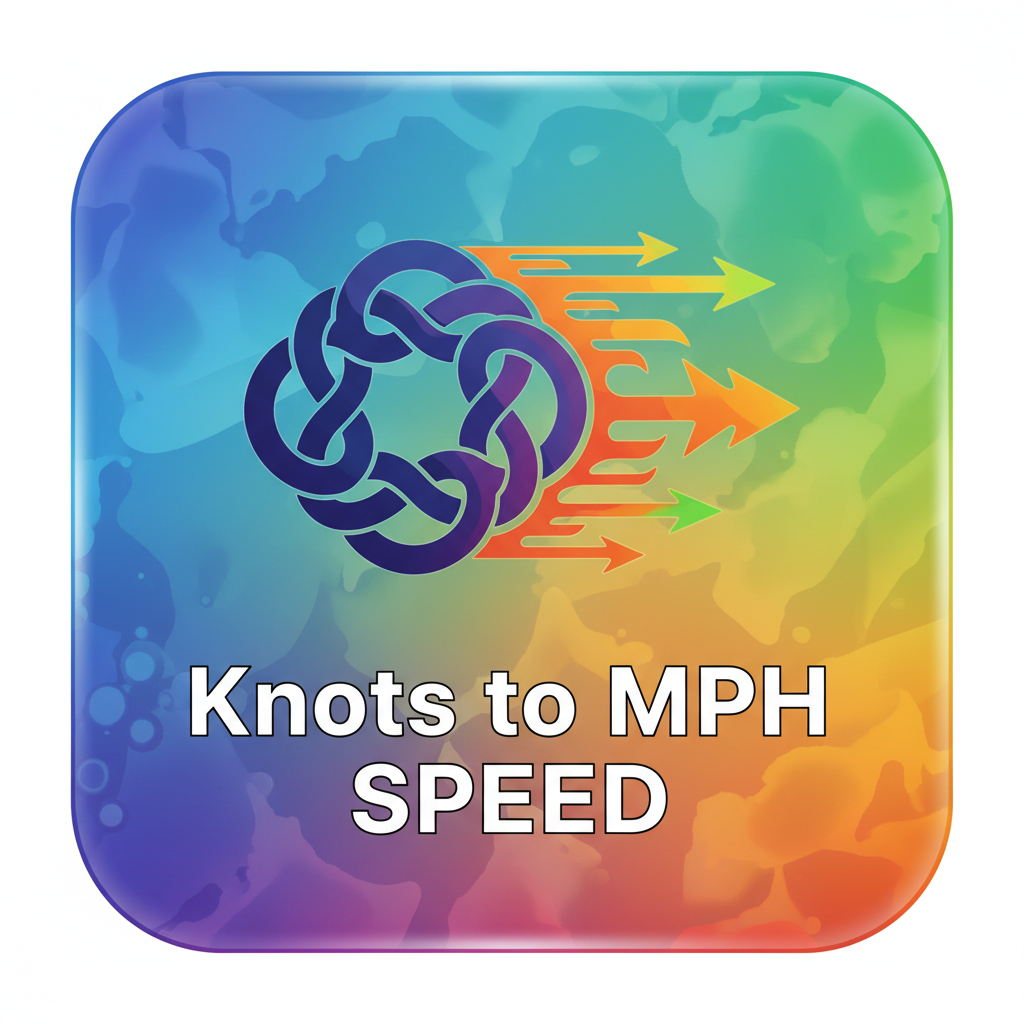Joules to Calories Energy
Convert joules to calories easily with our free online tool. Get accurate energy conversions for physics, nutrition, and more!
The Joules to Calories Energy Converter is an advanced, highly accurate digital tool designed to convert energy measurements from joules (J) to calories (cal) instantly and reliably. Energy plays a central role across countless scientific disciplines—from physics and engineering to nutrition, biology, and environmental science. This converter provides a trustworthy bridge between two widely used energy units, offering users a deeper understanding of energy values while ensuring accuracy grounded in internationally recognized standards. Whether you’re analyzing thermodynamic data, studying metabolic processes, evaluating food energy, or interpreting scientific reports, this tool ensures every conversion is precise and meaningful.
Joules and calories represent energy but come from different historical and scientific contexts. The joule is the standard SI (International System of Units) measure of energy and is used universally in scientific equations, engineering applications, and physical calculations. The calorie, however, is traditionally used in nutrition and chemistry to express the amount of heat required to raise the temperature of water. To ensure exact and consistent conversions, the tool uses the established scientific formula:
1 joule = 0.239005736 calories
This constant is globally accepted by physicists, chemists, nutritionists, and academic institutions, making the converter dependable for both professional and educational use.
In physics and engineering, converting joules to calories is essential in fields such as thermodynamics, heat transfer, mechanical work, and energy analysis. Researchers and students frequently encounter joules in equations related to kinetic energy, potential energy, electrical energy, and heat flow. Yet, experimental results or historical references may use calories. This converter allows for seamless transitions between both units, reducing errors and supporting accurate scientific interpretation.
In chemistry and biology, energy conversions are vital when working with calorimetry, enzyme reactions, metabolism, biochemical processes, and heat measurements. Many laboratory experiments measure heat energy in calories, while scientific instruments and formulas use joules. By converting between these systems effortlessly, this tool supports accuracy in lab reports, research data, and classroom assignments.
For the health and nutrition field, calorie measurements dominate food labels, diet plans, and nutritional analysis. However, behind every calorie listed on a package is the equivalent joule measurement used in scientific nutrition studies. This converter helps nutritionists, diet planners, students, and health enthusiasts understand the scientific basis of food energy. It enables users to interpret nutritional data more precisely, bridging the gap between scientific measurement and practical daily use.
Professionals in environmental science, renewable energy, mechanical engineering, and materials science also benefit from converting joules to calories when evaluating energy efficiency, thermal dynamics, combustion processes, or material behavior under heat. The tool ensures consistent energy comparisons across documents, international standards, and cross-disciplinary projects.
Everyday users can also rely on this converter for tasks such as interpreting appliance energy requirements, understanding exercise-related energy burn, analyzing heating systems, or decoding scientific content encountered online.
The interface is designed for simplicity and speed. By entering a joule value, users instantly receive the corresponding calories—no complex calculations or memorization required. The tool’s responsive design ensures smooth performance across mobile phones, tablets, and desktop devices.
In summary, the Joules to Calories Energy Converter is a precise, authoritative, and user-friendly tool ideal for students, researchers, engineers, nutritionists, and curious learners. With its scientifically validated accuracy, instant results, and broad applicability, it stands as a reliable resource for understanding and converting energy values effectively and confidently.






